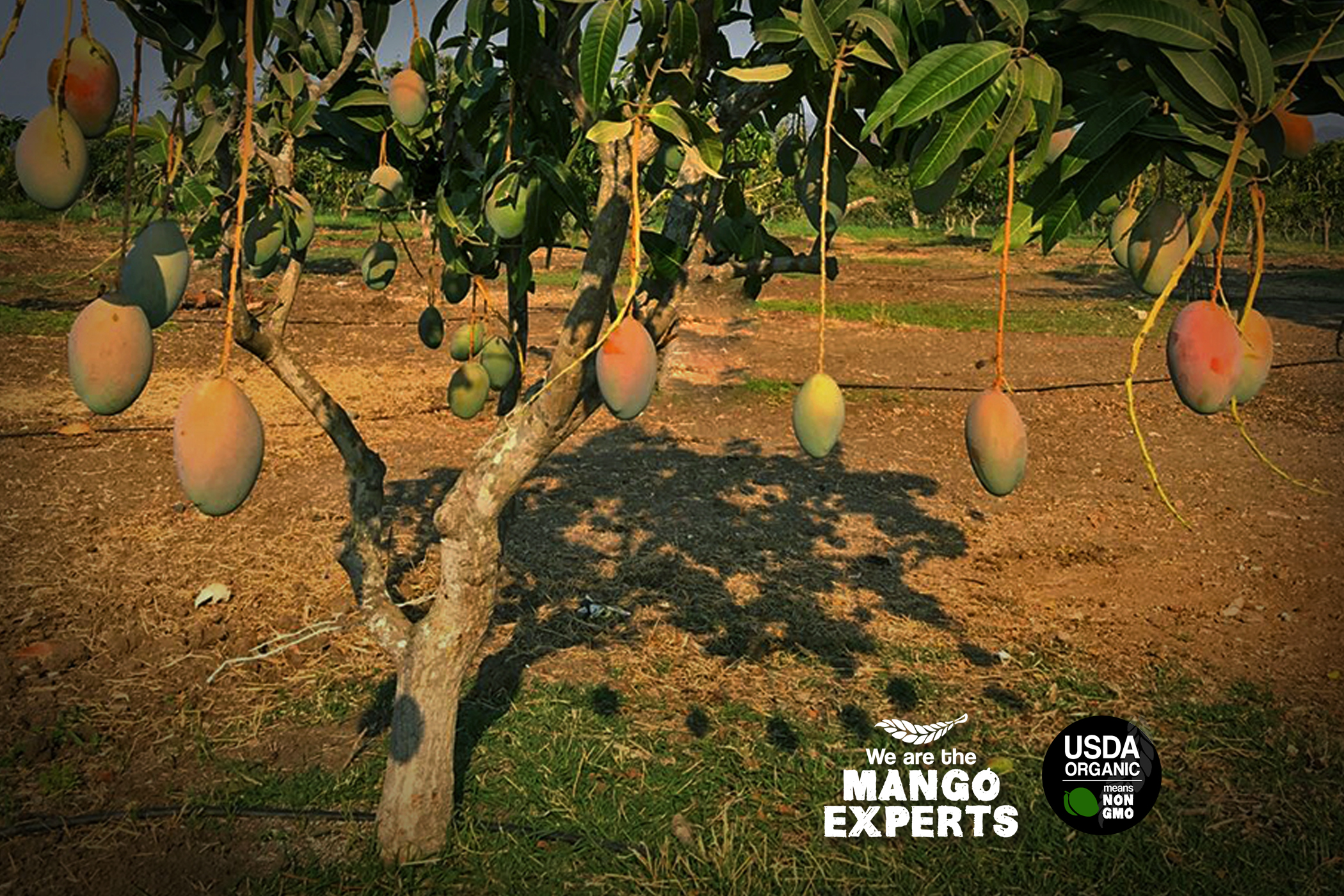 Blush filled end of season crop expectations for Sinaloa (Rosario & Mochis)
Blush filled end of season crop expectations for Sinaloa (Rosario & Mochis)
This time of year is bitter-sweet for many of us immersed in the abundance of Mexican-produced mangoes. We find ourselves at the beginning of the end, as the Ataulfo mangoes have now finished, and the southern region’s Sinaloa Kents are being picked in their final batches.
Throughout the last 7 months of the season, we have withstood the ups and downs, the ebbs and flows, as all six mango-producing regions delivered their best. If you’ve been part of the Crespo program, you’ve had the opportunity to experience and savor over 7 different varietals so far, including the new Crespo Organic Specialty Mangoes. It’s been quite a journey, and we all feel a bit weary and maybe even a little burnt out, which is understandable considering we’ve been on a wild, and ideally sweet, ride up until this point.
And then, suddenly, seemingly out of nowhere, enters everybody’s favorite mango – the Keitt mango – rejuvenating and exciting us all! The Keitt mango holds a special place, distinct from the other varietals produced in all regions, as it is predominantly grown in the Sinaloa region and signals the end of the long Mexican mango season.

What’s So Special About a Keitt?
The Keitt mango is a late varietal, usually considered a late summer or fall mango in most growing regions globally. Its late harvest offering an extended mango season, allowing mango lovers more time to savor the season long after other varietals have finished. While it’s mainly produced in Sinaloa, Mexico, there is some Mexican conventional production in Colima and Jalisco.
For consumers, determining the ripeness of a Keitt mango can be perplexing. Unlike most mangoes that change color when ripening, the Keitt remains a mostly solid green color, when ripe.
The Keitt which is an oval shaped mango, is predominantly green with some red and greenish-yellow blush tones. Unlike Tommy Atkins and Kent mangoes which display deeper waxing blush tone colors as the ripen, the subtle blush tones of the Keitt usually remain unchanged during the ripening process. It is important to point out that the color of Keitt mangoes can vary significantly depending on where they are grown. California Keitts exhibit a deep, dark green color with minimal blush tones that do not persist even when ripe. On the other hand, Mochis Keitts tend to have lighter green coloring with subtle red and yellow/pink/orange blush tones that undergo slight changes throughout the ripening process. Rosario Keitts boast a beautiful pale green, almost yellow appearance, adorned with pretty pastel blush tones of yellow, orange, and pink. Similar to Mochis Keitts, their coloring also undergoes slight changes as they ripen. Additionally, the skin of Keitt mangoes is covered in small white speckles, which can appear as darker brown or red colored speckles on lighter colored fruit or within the blush tone areas.

To gauge the ripeness of a Keitt mango, the best method is to rely on touch. When using the “Gentle Squeeze Test,” it should feel similar to a ready-to-eat ripe peach or avocado. Keep in mind that Keitt mangoes are not as juicy as Kent mangoes, and their skin is thicker compared to other mango varieties so even mastering the touch technique can require some practice, something we teach as part of the Crespo Organic Kitchen’s mango education.
Despite the differences in outside appearance, the inside is just near the same across all growing regions. The flesh is a vibrant golden-yellow and has a consistently firm texture with minimal fibers, which are concentrated mostly around the pit, making it seemingly fiberless and extremely well liked among mango lovers.
It has a pleasant tart, sweet flavor, somewhat reminiscent of an ultra-sweet Meyer lemon, and when ripe it has a buttery smooth texture. This makes it my favorite mango for preparing baby food as well as baking (it is simply the best mango for pies). It makes an excellent slicer mango with its firm flesh; I think this is one of the best overall mangoes for young kids and toddlers with its portable sturdy slicers and gentle appealing flavor.

When green it has a naturally sweet and tart taste, unlike other mangoes, which can be very tart or even bitter if too green. The Keitt is great for green mango salad and generally all green mango recipes. The flavor is quite appealing and it’s great for simply eating and snacking at any stage of ripeness.
The Keitt tends to hold onto a bit more of the vitamin C as it ripens (some other mangoes tend to lose vitamin C potency while building greater levels of vitamin A during the ripening process). Take in mind that a mango offers nearly 100% of vitamin C recommendations (depending on size) regardless of the stage of ripeness, but a green mango, and Keitts in particular, tend to have the highest concentrations of this vitamin amongst the mangoes we have access to in the USA, which points to the citrusy flavor. Another fun fact about the Keitt is that it has one of the smallest pit’s among all mango varietals, yielding an incredible amount of flesh and providing the best fruit-to-pit ratio among Mexican mangoes.

Rosario Keitts, What the Blush?
My immediate reaction to seeing these Southern Sinaloa Keitts for the first time was, “What the blush is wrong with them?” I imagined this would be the same reaction our customers and consumers would have too. My next reaction, after holding them and feeling their smooth skin, admiring the elegant blush tones, and taking in their interesting beauty, was, “Wow, I have to learn more and share the knowledge.”
There are two fairly detailed posts I’ve written on this subject which you can read:
The condensed version of why the vast variance in Keitt mango colorings (which I learned from a conversation with Jorge Crespo (aka the Crespo Mango Man) many years ago is essentially several reasons and Jorge shared that one of the most joyous things he anticipates each Keitt season is what the coloring will be. Depending on the weather, water and soil health, they can appear darker or lighter each season.
The closer the crop is to the equator; the more likely blush tones are to appear on the fruit. Blush tones, after all, are a product of the sun hitting the skin of the mango, coupled with what the varietal is, and other factors such as soil, water, foliage, etc.

Some seasons the yellow and pink hues are more powerful than the green, this has become my favorite of the colorings, so seemingly rare, but often exacerbated by the small pruned trees with minimal foliage we have in this area, allowing sunlight to reach all surfaces of the fruit.
The orchards, shared Jorge, are located at a very good latitude, falling in the Tropic of Cancer and giving them ample sun exposure for a large stretch of the day. Contrary to common belief, the Sinaloa crop of mangoes stay on the trees longer than any other imported mango. A significant portion of the blush increases and deepens at the end of the ripening cycle.
A lot of the “cookie cutter” education we receive on Keitts is that they don’t change color as they ripen. That’s true if they are mostly green or with minimal blush, but the ones that have significant blush do change tones and often fade into pale yellow and pink.
According to Jorge, the health of the soil increases the trees ability to blush. Mango trees require rich, organic soil with good drainage. A mango tree will need plenty of sunlight to attain blush tones, but, in seasons where soil is less rich, lack of blush is the norm.
California Keitts grow at a significantly higher latitude, providing the Coachella Valley less overall sunlight and less powerful sunlight, than Sinaloa. The majority of trees in the orchards there tend to be larger with more foliage, producing shade and causing retention of the green color throughout most of the crop.
Keitts, in my opinion are one of the most fascinating mangoes because of this wide variance of color. They delight me beyond words. The orange blushtoned pale yellow ones are my favorites. I cant wait to get my hands on some. I’d like to see what Florida Keitts look like also!

Current Crop Report
Now that we are all blushing with joy, let’s delve into the crops and what to expect next. Though there isn’t much time left in the season, there’s a lot happening, and everything moves quickly. Pay close attention!
When predicting the end of the Mexican season, it’s essential to distinguish between the two distinct sub-regions within Sinaloa, both operating simultaneously during late July and August. The El Rosario and surrounding area, where we are currently picking and packing, will likely continue for another 3 weeks. This region is designated as a fruit fly zone by USDA APHIS, which means all fruit must undergo hydro-thermic treatment in the mango packing process before being imported into the USA.
On the other hand, the Los Mochis area is sanctioned as a fruit fly-free zone by APHIS, meaning no treatment is necessary for importing mangoes into the USA. Technically known as Sinaloa de Leyva, this area is located about an hour’s drive from the city of Los Mochis, where the mangoes in the region are produced.
This northern fruit fly-free area is approximately 200-250 miles from the Rosario area, with minimal space in between. When it comes to organic producers, most of them stay longer in the fruit fly zone, where there is more Kents production and retailer-friendly sizing on the Keitt mangoes. While there are some organic Kent mangoes in the Los Mochis area, they mainly produce the late-season Keitt mangoes, which can grow to very large sizes, depending on the weather conditions – sometimes even gigantic.
The crucial factor to monitor in both regions remains the extreme heat that the entire state has been experiencing, especially in the Mochis region. So far, the rains have occurred as expected, resulting in generally normal conditions there. This intense heat has led to the production of sweet and tasty fruit with a fairly rapid ripening rate.

Rosario (Southern Sinaloa Hot Water Bathed)
The season’s final Kent mangoes (I promise you will miss them!) is currently going through the picking and packing process and is scheduled to arrive at all ports of entry this weekend. The Kents, as usual have demonstrated exceptional quality and consistency. Flavor has been beautifully complex and they have been extra sweet and juicy, with the brix levels through the roof.
The Keitt mangoes, they are taking the weekend to develop some extra sweetness (brix) before being picked, packed, and shipped during the mid-week (around August 8-9th). Despite the varietals general gigantic size, the Keitt mangoes from the Rosario area are, as usual, expected to offer more economical size options for shoppers, yielding an abundance of all mainstream sizes; 6-7-8-9-10’s, as well as a few 12’s.
The Rosario Keitt mangoes are expected to be available until the end of August, just like usual, assuming the weather cooperates. As long as the conditions remain favorable, the quality of these mangoes should continue to impress us all.

Mochis (Northern Sinaloa Non Hot Water Bathed)
The Mochis Kent mangoes are already in motion, and there should be about 2, maybe 3 more weeks left in the season. The sizing will continue to remain favorable at 6-7-8 counts. We will have Mochis Kents in Nogales & McAllen.
As for the Mochis Keitts, they will make their debut in a week or two and will be available ( in both Nogales & Mcallen) until mid-September. The sizing is anticipated to follow its usual gigantic pattern. However, there might be, fingers crossed, a slower ramp-up to that size, starting with 6-7-8 counts, and possibly even a few 9 counts. The combination of excessive heat and some rains could accelerate the size up faster than preferred and it will eventually level out at 4-5-6 counts. Some rain a few weeks ago will give the fruit a good boost towards maturity and flavor.
The season is expected to end normally in mid-September, but keeping an eye on the weather, particularly the rains, is crucial. Rains and humidity can exacerbate anthracnose, a fungal disease, but the use of hot water baths can effectively manage this issue. The lack of hot water baths during rainy seasons may be a downside and could potentially lead to an earlier end to the season.
Regardless of the challenges, the aim is to always end the season on a positive and fruitful note so keep an eye out for my weekly crop reports that will ideally help guide us to the best Mexican mango season ending!
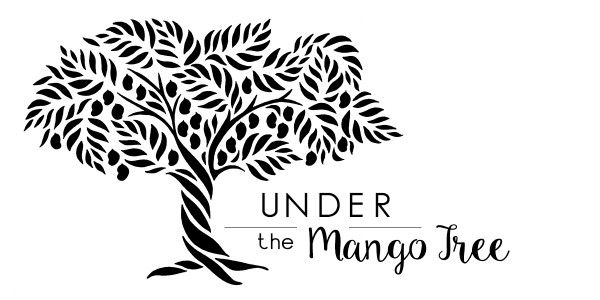


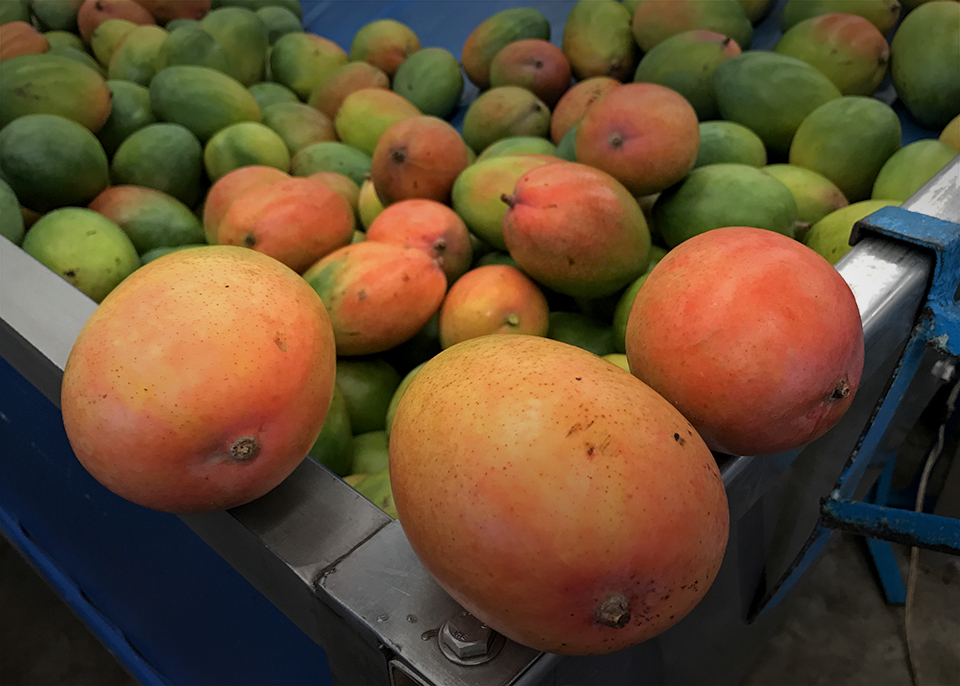
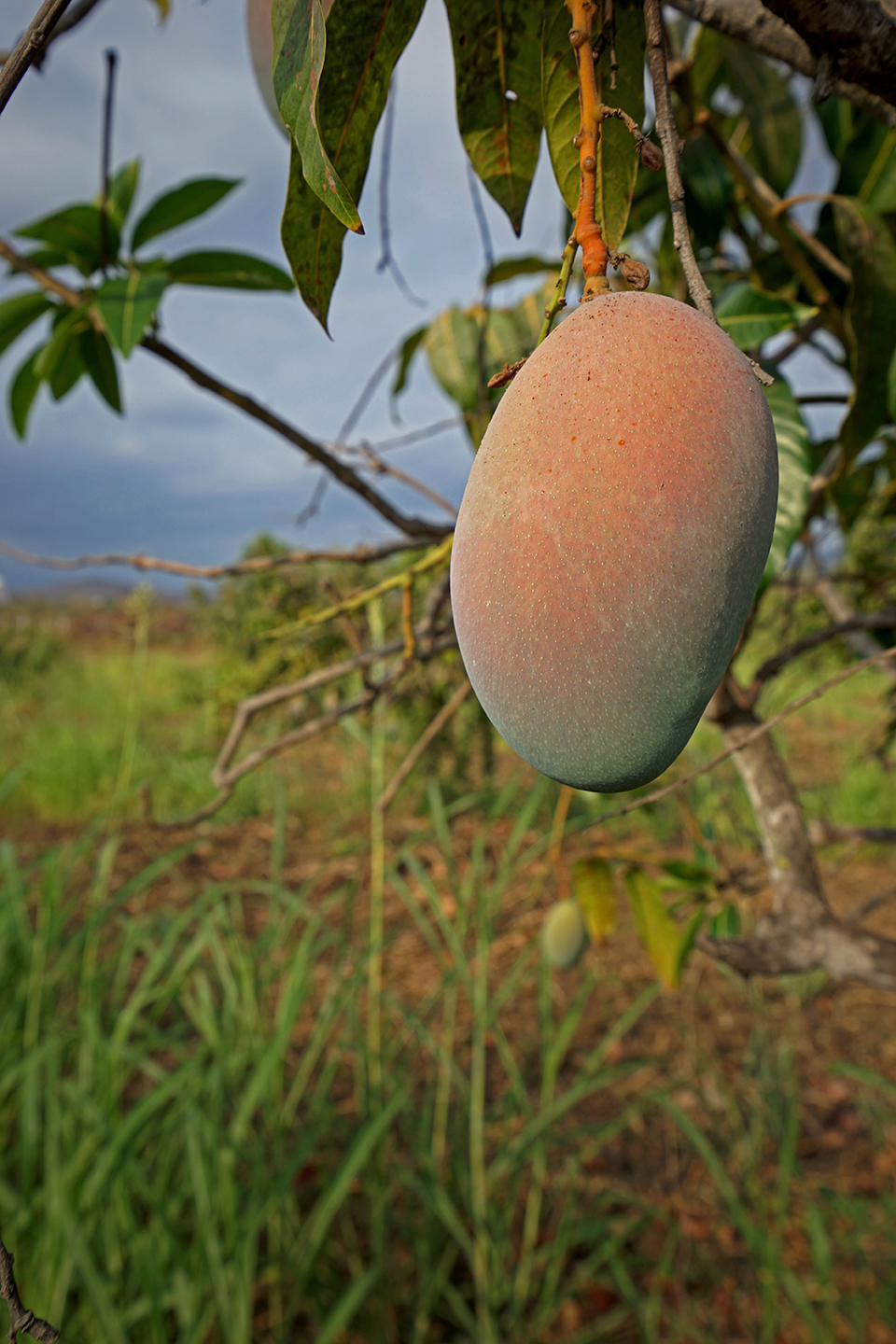
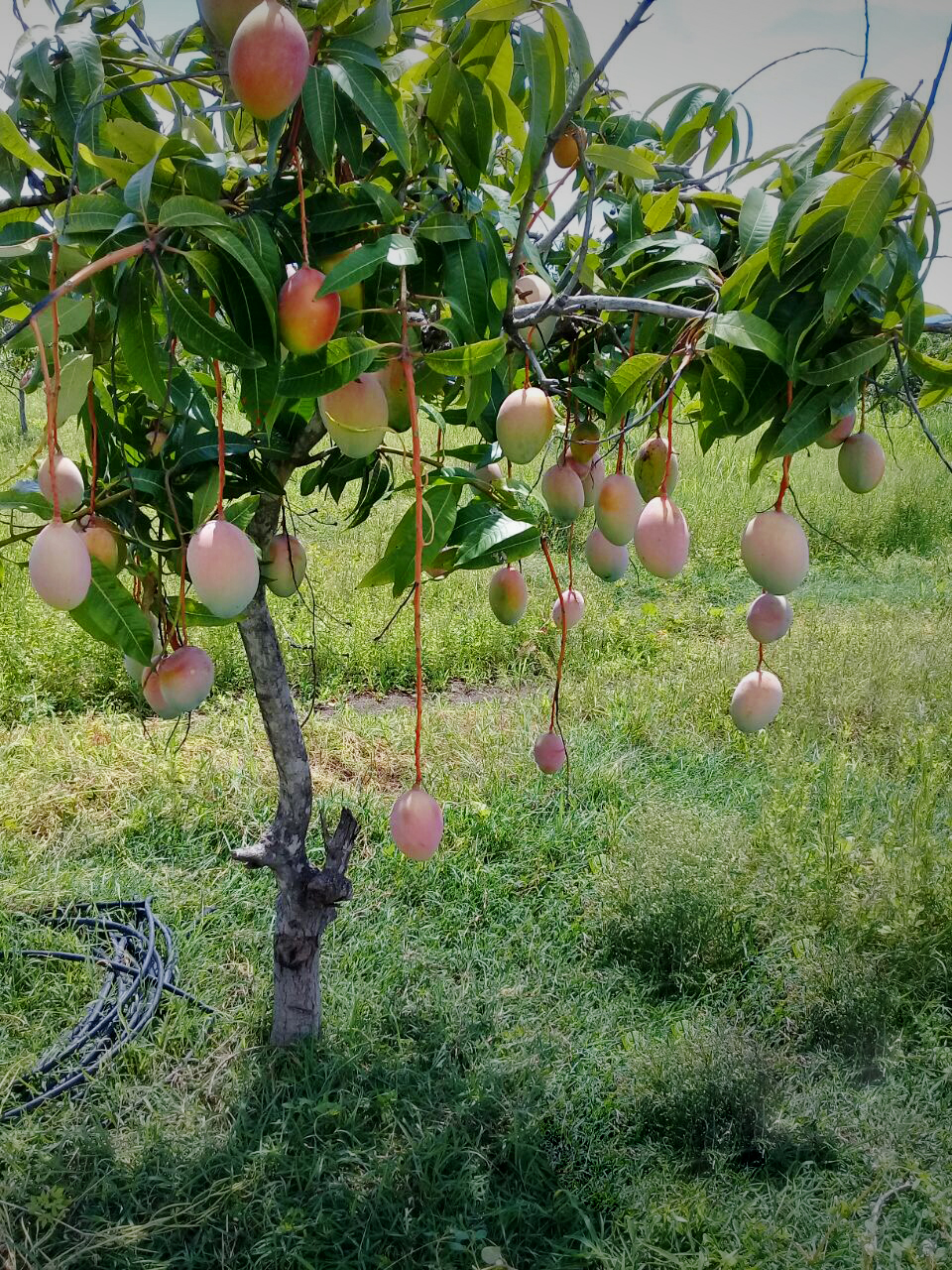

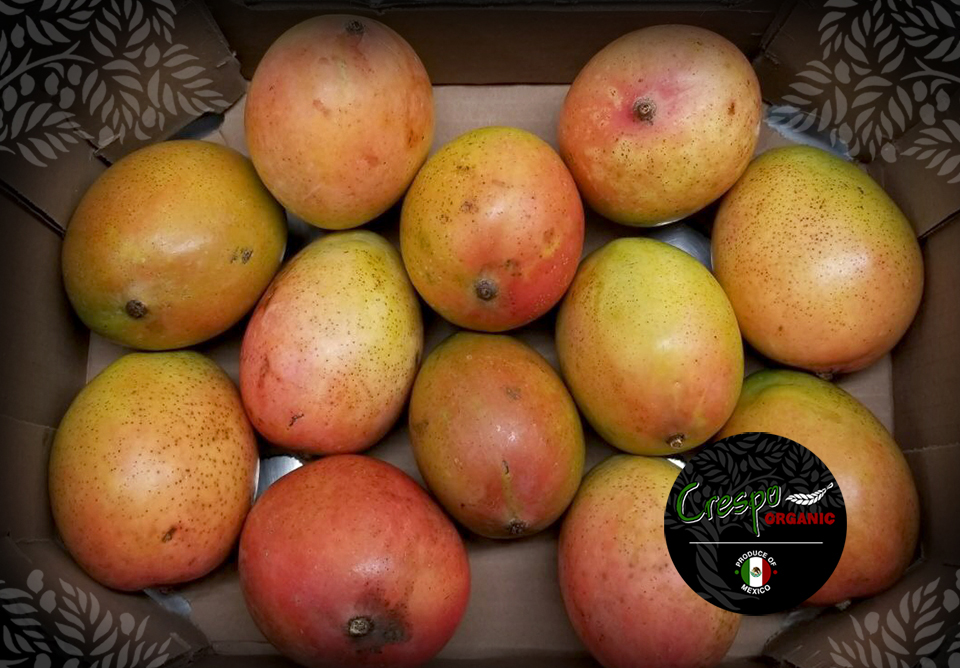


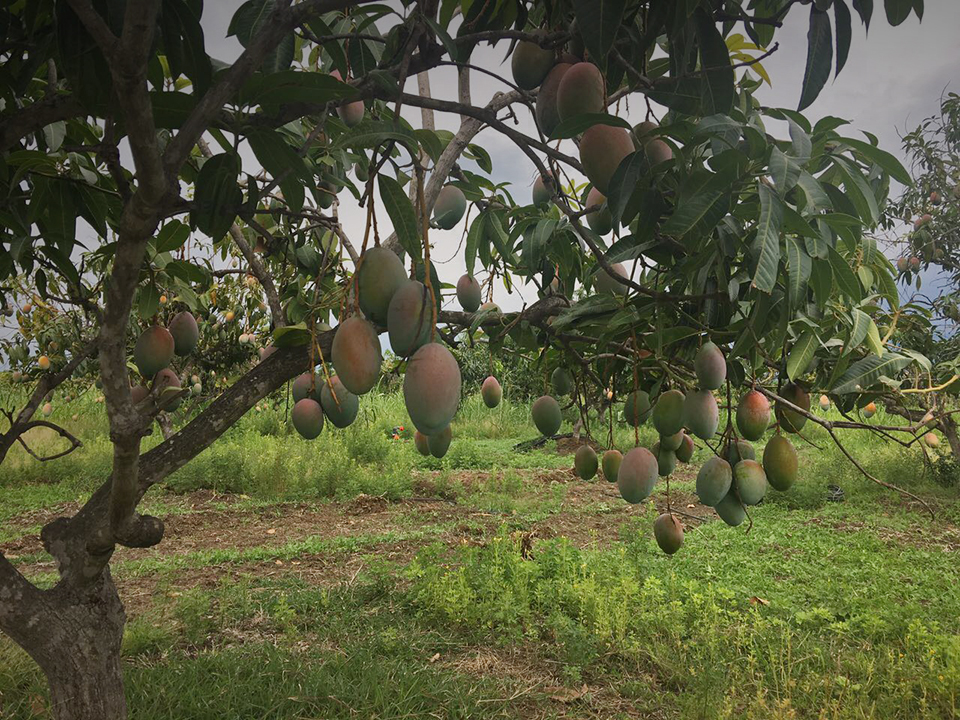


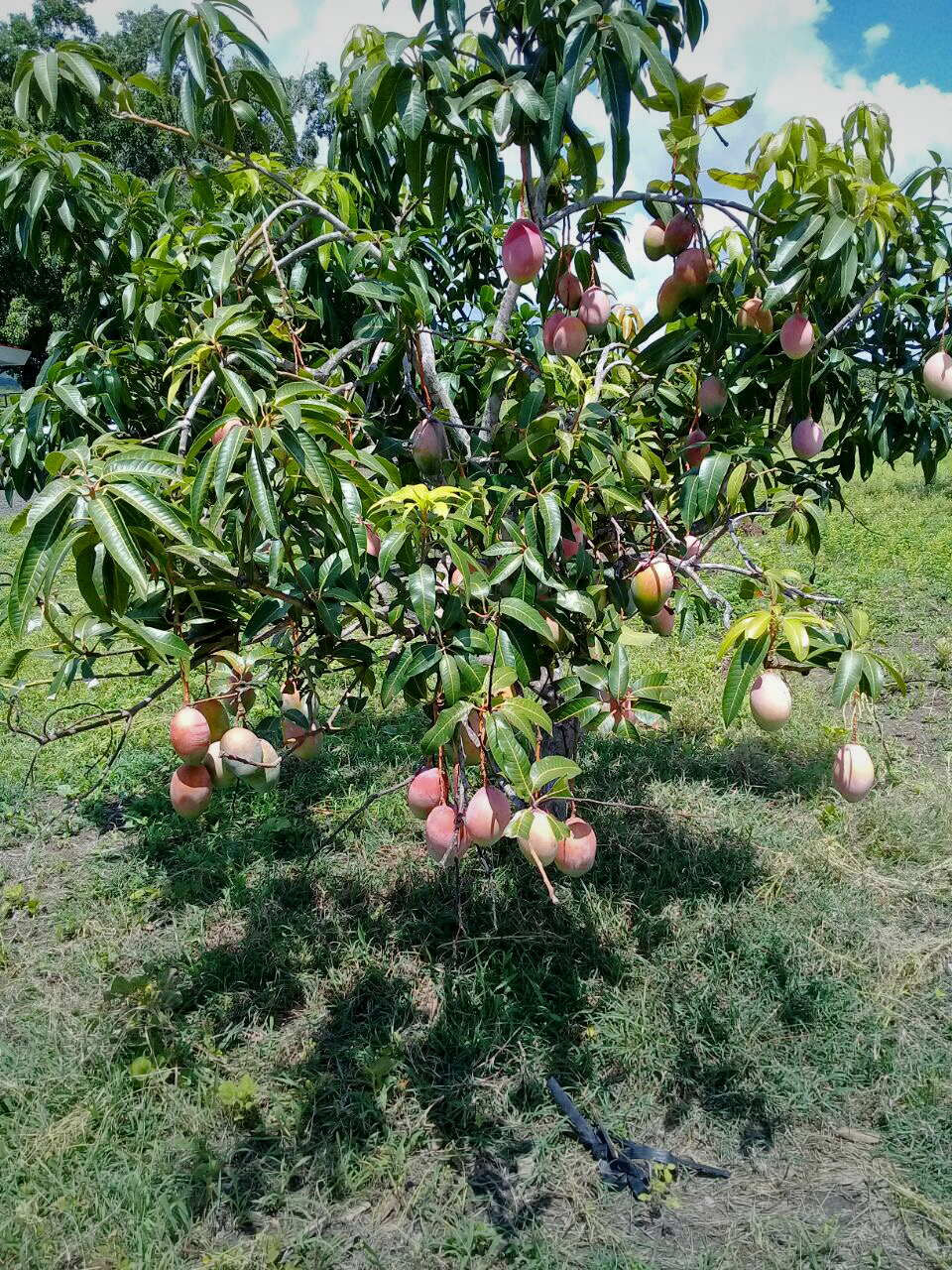



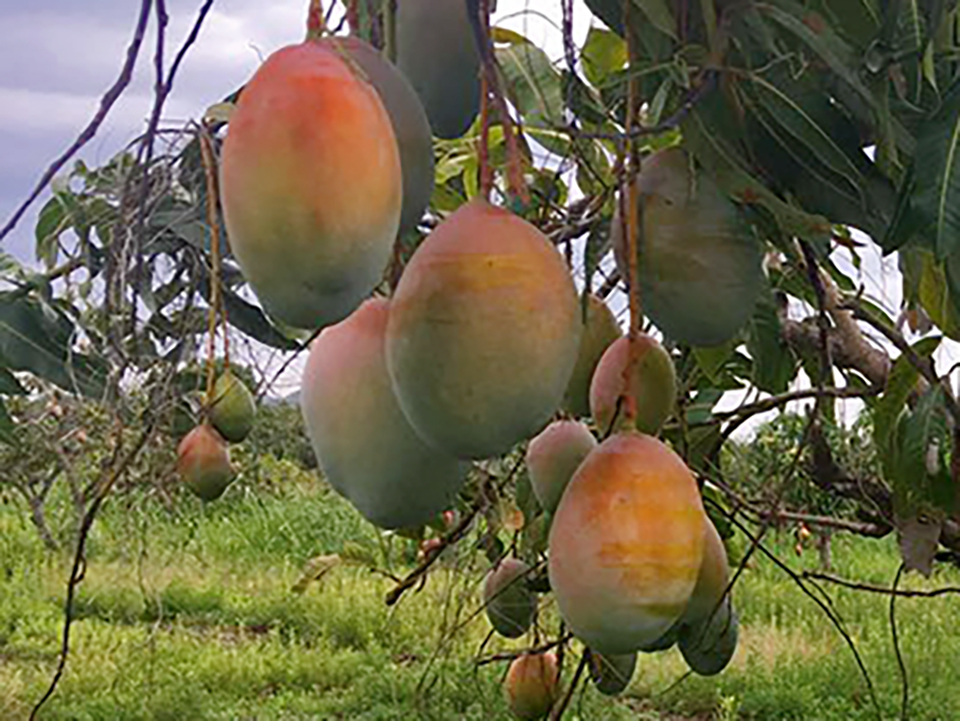

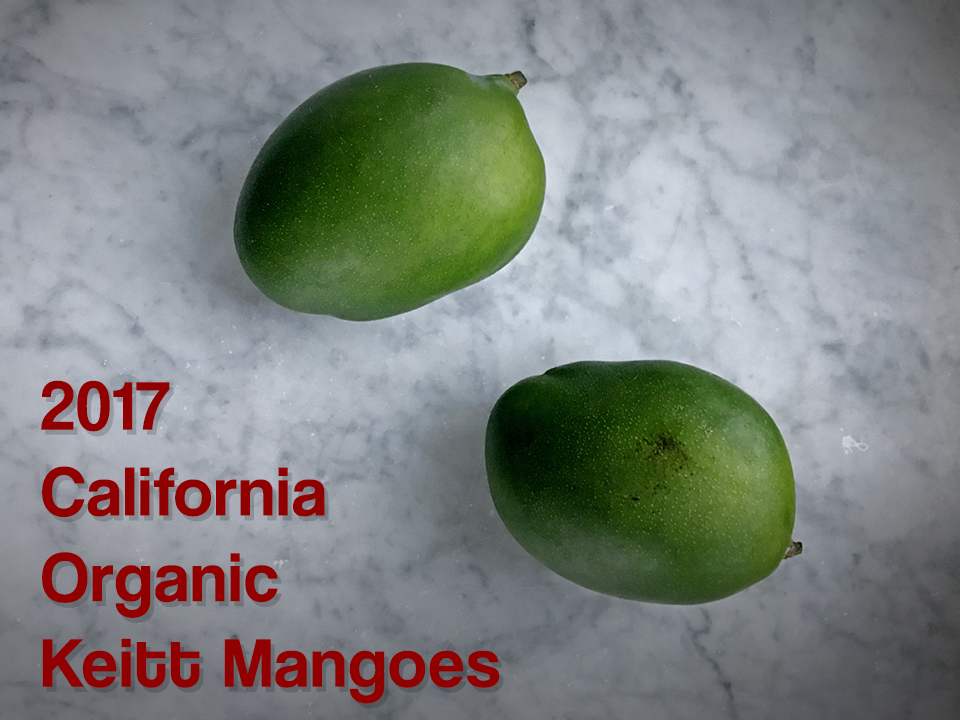

























No Comments